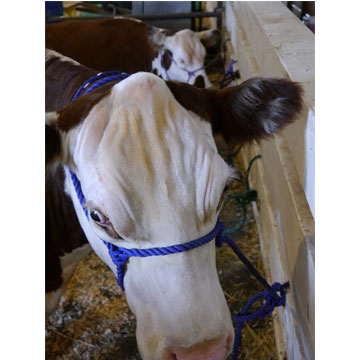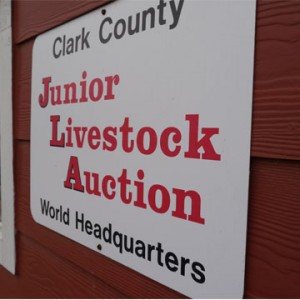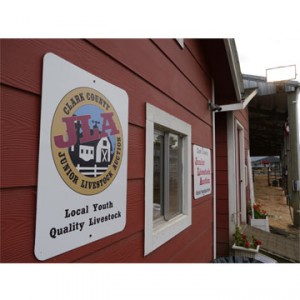The Best Beef You’ve Ever Tasted!

It started around 13 years ago, by accident really (I’d never given it much thought before), buying locally grown, organic if possible, beef, pork and chicken.
I grew up eating dinner at the table, same time every night, with a “meat” and something green and red — which I still try to do to this day, although it makes some people laugh! Anyway, my mom was always conscientious of what she cooked for us, but she didn’t think twice about the food that came from the grocery store, why would she?! The ‘60s, ‘70s and ‘80s saw huge developments in agriculture in terms of production practices for all kinds of products — meat and vegetable alike. And actually, truth be told, I don’t think I really want to know all the chemicals that I may have ingested, just because we bought our food at a store instead of having the luxury of living on a farm.
So, I had my daughter, was a fairly new teacher at Columbia River High School and one of my students was involved in the Beef Project through 4-H. When the school year ended, she said I should stop in and see her at the fair; she would be selling the beef that she had raised at the Junior Livestock Auction (JLA.) I did go visit her; I watched the auction, found it fascinating, and then pursued buying a 4-H beef. IT WAS THE BEST MEAT I HAD EVER HAD! I loved it so much I bought a pig and then some chickens.
The JLA is held on the last Saturday of the Fair — it’s listed in the fair guide — anyone can attend, but you must have a number if you want to bid. The bidding is crazy, but fun, and my recommendation is to just watch and then talk to a 4-H family about purchasing beef. Start making connections and see who is willing to sell or where they can direct you. Remember, you will be buying bulk (the whole steer) which should be about 1,300 lbs. I go in with my mom and a neighbor. We divide the beef in thirds and each end up with about 150 to 200 pounds. Local butchers will cut the meat however you want it. About half the weight is bones, carcass and other “stuff,” It is a great deal, but you must have the freezer space to keep it. My third usually gets us through the year, but just barely.
The absolute best part of buying 4-H is that I know where my food is coming from (sometimes we even know the animal’s name) and how it has been raised. I help local kids with their 4-H project, they raise money for college or next year’s stock and I get meat is that it is “clean”.


